Makes 8 small slices
About 10 cups chopped fresh weeds such as dandelion, fat hen, mallow, nettle and sow thistle
1 cup of oxalis leaves if they are in season. If not, use French sorrel or add a squeeze of lemon juice to the greens while they are cooking.
1 cup finely sliced leek
¾ cup finely chopped angle onion if it is in season. If not, use spring onion.
2-3 tablespoons finely chopped fennel
2-3 tablespoons finely chopped mint
120 grams crumbled Greek feta
1 egg
Salt and pepper
½ cup extra-virgin olive oil
6 sheets of filo pastry
1-2 teaspoons sesame seeds or poppy seeds
1. Preheat oven to 180° C.
2. Wash and chop all the greens and dry them well.
3. Heat one or two teaspoons of the oil in a big pot on low heat. Add the greens and stir until wilted and any liquid has evaporated. Place them in a colander to drain and cool.
4. Cook the leeks in the pan with a drizzle of oil until they are soft.
5. Squeeze the liquids out of the greens with your hands (you can keep these to use as stock if you like). Put the greens in a large bowl, and add in the cooked leeks.
6. In a small bowl beat the egg. Then add the crumbled feta and a sprinkle of salt and pepper. Add to the greens and mix well.
7. Brush a baking dish that’s about 20cm x 20cm with olive oil.
8. Unfold a sheet of filo pastry and cut it in half. Place it in the baking dish. You’ll need to scrunch it a bit to make it fit – which is a good thing because it gives the layers their crunchy texture. Keep adding sheets of pastry, brushing oil onto each sheet as you go. Stop when you have six sheets.
9. Empty the greens mixture into the baking dish, and spread it evenly over the pastry.
10. Cover the greens with 6 more layers of filo pastry using the same technique as before. After placing the last pastry sheet, brush it with oil, and sprinkle it with a little bit of water and the sesame or poppy seeds
11. Using a knife, cut partly into the top filo layers to mark out eight pieces. Don’t cut all the way through!
12. Bake in the bottom half of the oven for about 35 minutes. Then move it to the floor of the oven for another 10 minutes to get the crust really crunchy.
The Greek word for spinach is spanaki (σπανάκι) and hortopita’s more famous cousin spanakopita simply means ‘spinach pie’. The Greek for mixed (usually wild) greens is horta (χόρτα) and so hortopita just means ‘wild weeds pie’.
This recipe is for a small pie. If you want leftovers, double the quantities and use a dish of about 30cm x 50cm, as this will fit a whole sheet of filo pastry. The flavours of the wild greens are fabulously strong in this recipe, but you can find a milder, more kid-friendly version in our upcoming kids’ foraging book (along with lots of other weedy recipes for kids to try).

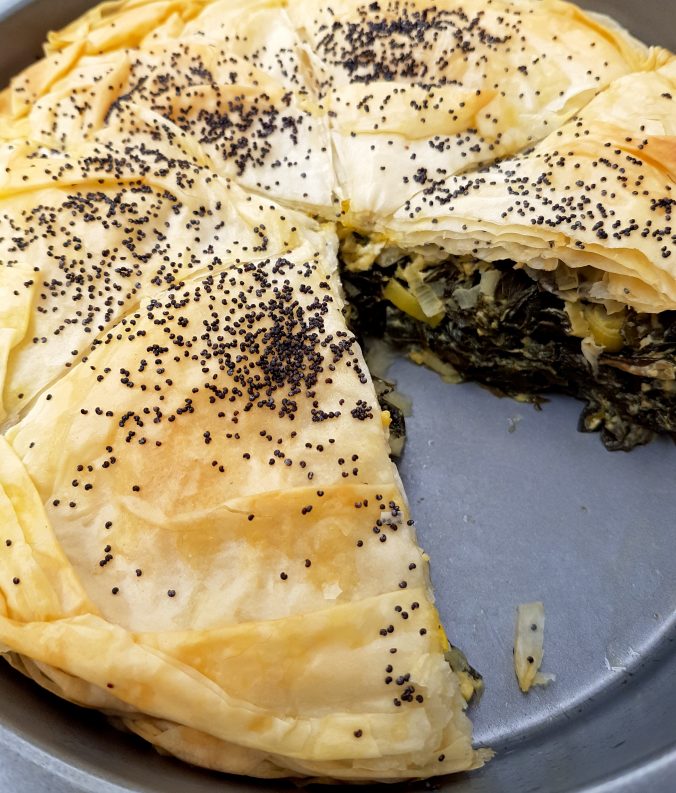
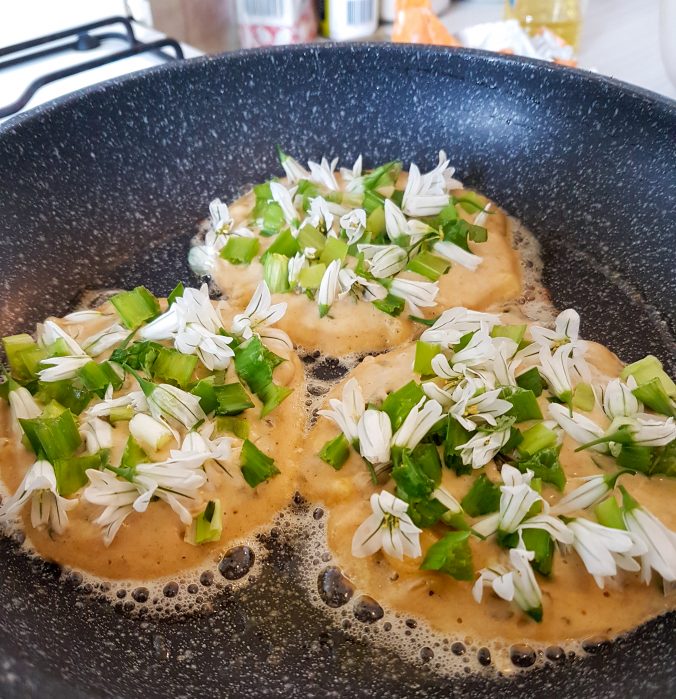
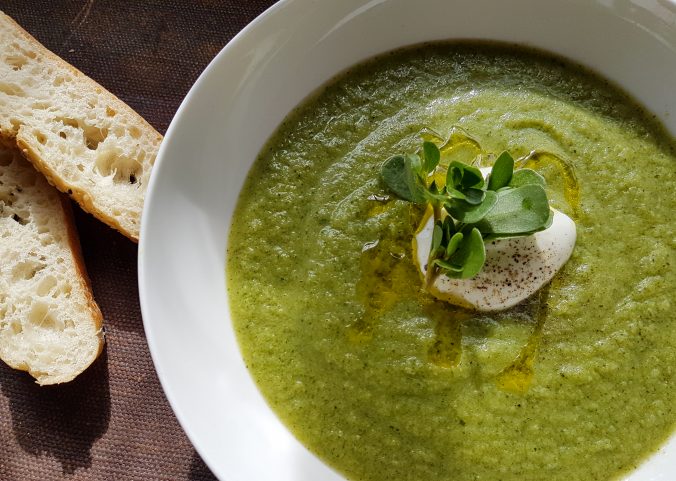


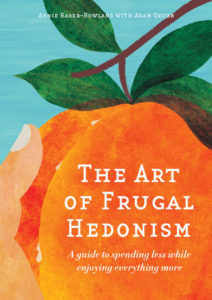
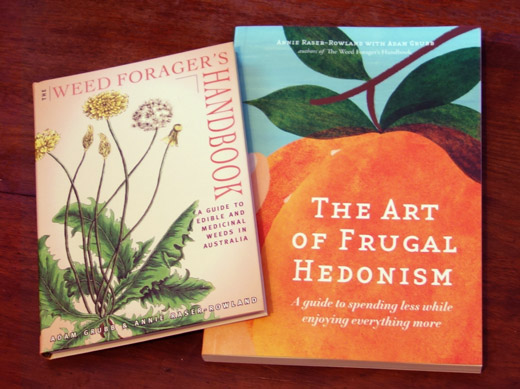


Recent Comments